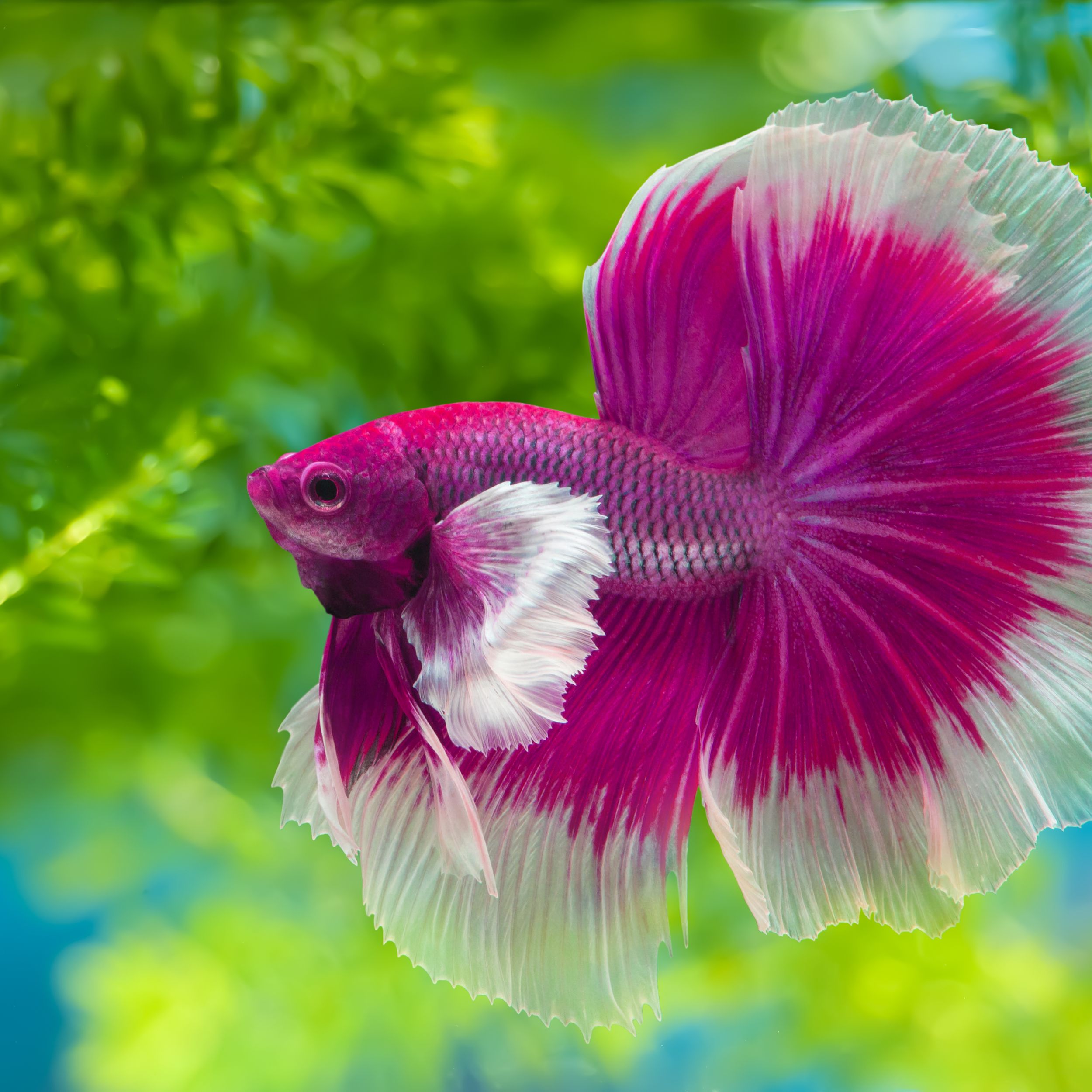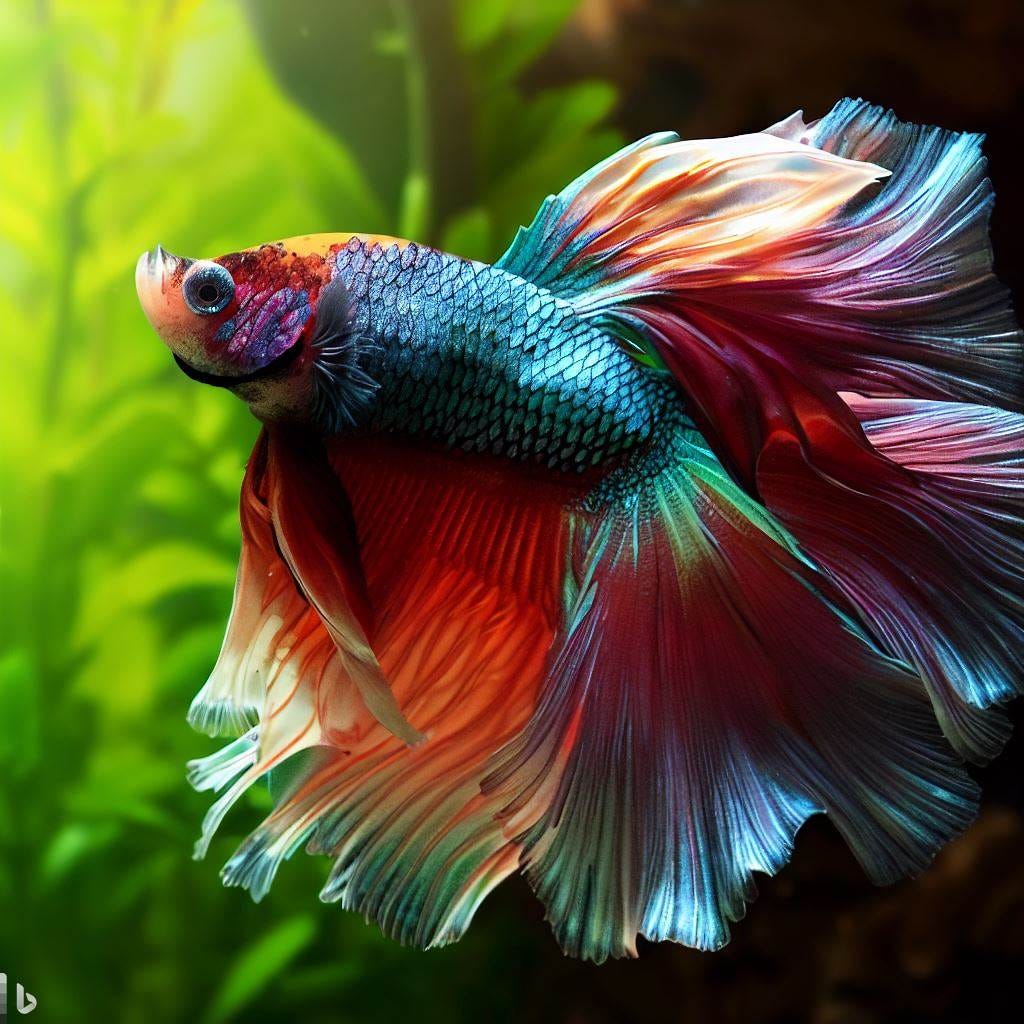Exactly How to Reproduce Betta Fish Efficiently: Professional Strategies and Insights for Hobbyists Seeking To Broaden Their Betta Collection
Breeding Betta fish calls for a nuanced understanding of genetics and ecological conditions, making it essential for enthusiasts to approach the procedure with both diligence and care. Creating an optimum reproduction environment, picking the best sets, and observing the complexities of their courtship actions are foundational actions that can significantly influence the outcome. In addition, the subsequent treatment of the fry is crucial for guaranteeing their healthy advancement. As we discover these key parts, it ends up being clear that successful reproduction is not just concerning the initial pairing however incorporates a broader approach that benefits careful factor to consider.
Understanding Betta Fish Genetics
Comprehending the genes of Betta fish is crucial for successful breeding, as it influences attributes such as shade, fin form, and behavior. Betta fish show a varied array of colors and patterns, largely identified by their genetic makeup. The primary genetics liable for pigmentation consist of the "B" genetics for blue, "D" genetics for red, and the "C" genetics for shade strength. Dog breeders can control these attributes by choosing certain moms and dad fish that display preferred qualities.
In enhancement to coloration, fin morphology is another significant facet of Betta genes (betta fish). The sizes and shape of fins are influenced by various genes, including those that establish whether the fins are brief, long, or veil-shaped. Recognizing these hereditary variants aids dog breeders anticipate the phenotypic results of their children
Furthermore, behavioral traits such as aggression and territoriality can likewise be influenced by genes. These behaviors play an essential function in the reproducing process, as they can affect spawning success and the total character of the resulting fry. By comprehensively recognizing these genetic concepts, breeders can make educated choices, eventually boosting their breeding programs and attaining desirable outcomes.
Preparing the Reproduction Environment
Developing an optimal reproduction environment is important for the effective reproduction of Betta fish. The initial step in preparing this atmosphere is to pick a proper reproduction tank, preferably varying from 5 to 10 gallons. This size permits for sufficient swimming area and the facility of territories. The storage tank needs to be geared up with a heating system to maintain a steady temperature level in between 78 ° F and 80 ° F, which is vital for urging spawning habits.
Following, take into consideration the usage of a sponge filter or an air stone to offer gentle water flow without developing solid currents that can stress the fish. It is vital to mount plants or reproducing cones to supply concealing places and promote comfort for the female during the spawning procedure. Drifting plants, such as Java moss or water sprite, can also produce a much more natural surroundings while assisting in bubble nest structure by the man.
Prior to introducing the breeding pairs, guarantee the water is conditioned and cost-free from hazardous chemicals, such as chlorine or heavy steels. betta fish. Normal water adjustments need to be conducted to preserve ideal water high quality, improving the possibilities of successful breeding. With these preparations in position, the reproducing setting will certainly sustain the wellness and wellness of both Betta fish
Choosing Breeding Pairs
Choosing the ideal reproduction sets is essential for achieving effective Betta fish recreation. When selecting your breeding pairs, think about several essential elements including health, temperament, and genes. Healthy and balanced Betta fish display dynamic colors, clear eyes, and energetic actions. Selecting fish that are totally free from disease makes certain a far better chance of generating sensible spawn.
Character is another vital factor to consider, as Betta fish are understood for their hostile nature. It is suggested to choose a male and female that exhibit suitable characters to find out here minimize stress and anxiety during the breeding process. A tranquil male can urge a smoother courtship, while a female that is as well hostile may interfere with the process.
Genetic history likewise plays a substantial role in the high quality of the offspring. Breeding fish that are genetically varied can lower the risk of genetic health concerns and enhance the overall vitality of the fry. It is advantageous to investigate the lineage of both the man and lady, concentrating on preferable characteristics such as fin type, shade patterns, and size.
The Reproduction Process
The breeding procedure of Betta fish needs careful planning and interest to information to make certain an effective outcome. At first, it is crucial to prepare an ideal reproduction container, ideally a 5-10 gallon aquarium with a temperature maintained at 78-80 ° F. The container should be geared up with a heating unit, filter (ideally sponge kind to stay clear of solid currents), and a lot of marine plants for the lady to conceal.
As soon as the setting is established, present the picked reproducing set to the container, permitting them to acclimate. Observe their behavior; the male will display elaborate courtship rituals, including flaring his fins and constructing a description bubble nest. If the lady reveals passion, she will certainly show vertical stripes indicating preparedness for spawning.
When the lady is responsive, the set will take part in a mating accept, during which the male fertilizes the eggs. It is crucial to monitor their interactions closely, as the man might end up being aggressive. After spawning, remove the female to protect against possible injury. The man will certainly often tend to the eggs, which typically hatch out within 24-36 hours. Preserving ideal water conditions during this duration is crucial for the growth of healthy Betta fry.
Taking Care Of Betta Fry

Feeding Betta fry is critical, as they require a diet plan high in healthy protein. Initially, they can be fed infusoria or liquid fry food, transitioning to finely smashed high-quality pellets as they grow. Feed little sections numerous times a day to encourage healthy growth without straining the container with leftover food.

As they mature, monitor their growth very closely and separate any hostile individuals to protect against damage. By providing a nurturing environment and correct nutrition, enthusiasts can successfully elevate Betta fry into lively, healthy fish, eventually enhancing their reproduction undertakings.
Final Thought
Effective Betta fish breeding needs thorough attention to hereditary selection, environmental problems, and treatment for the fry. By comprehending the genes of Betta fish and preparing an appropriate breeding setting, hobbyists can improve the opportunities of producing vivid, healthy children. Picking compatible breeding pairs and very closely keeping track of the courtship and generating procedures are vital. Offering optimum treatment for the fry guarantees you could try this out their healthy and balanced development, adding to a growing Betta collection.